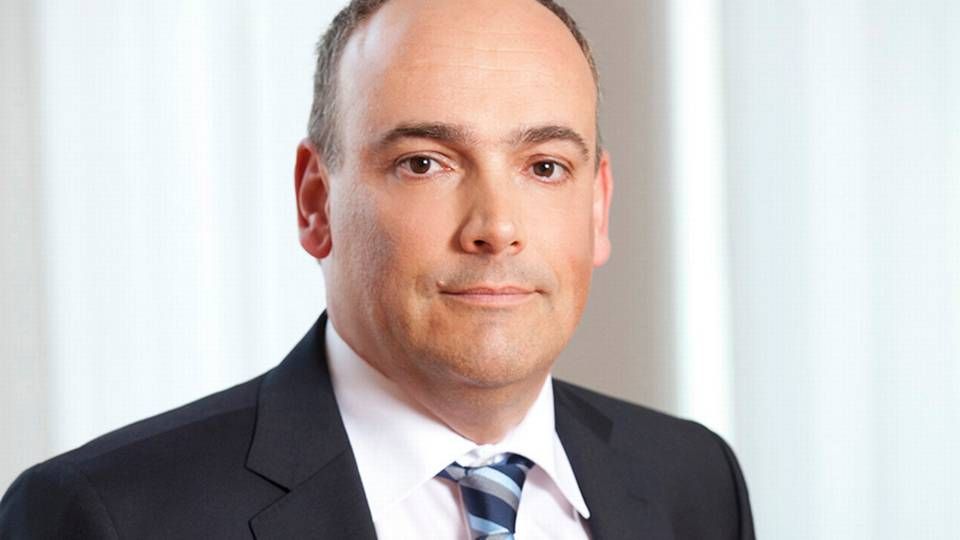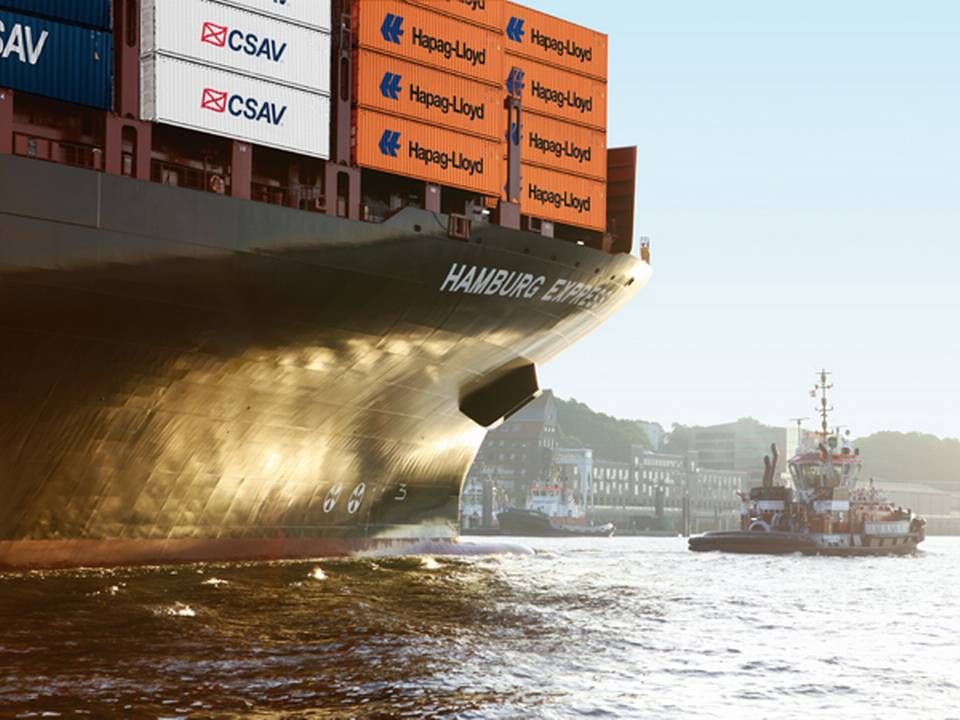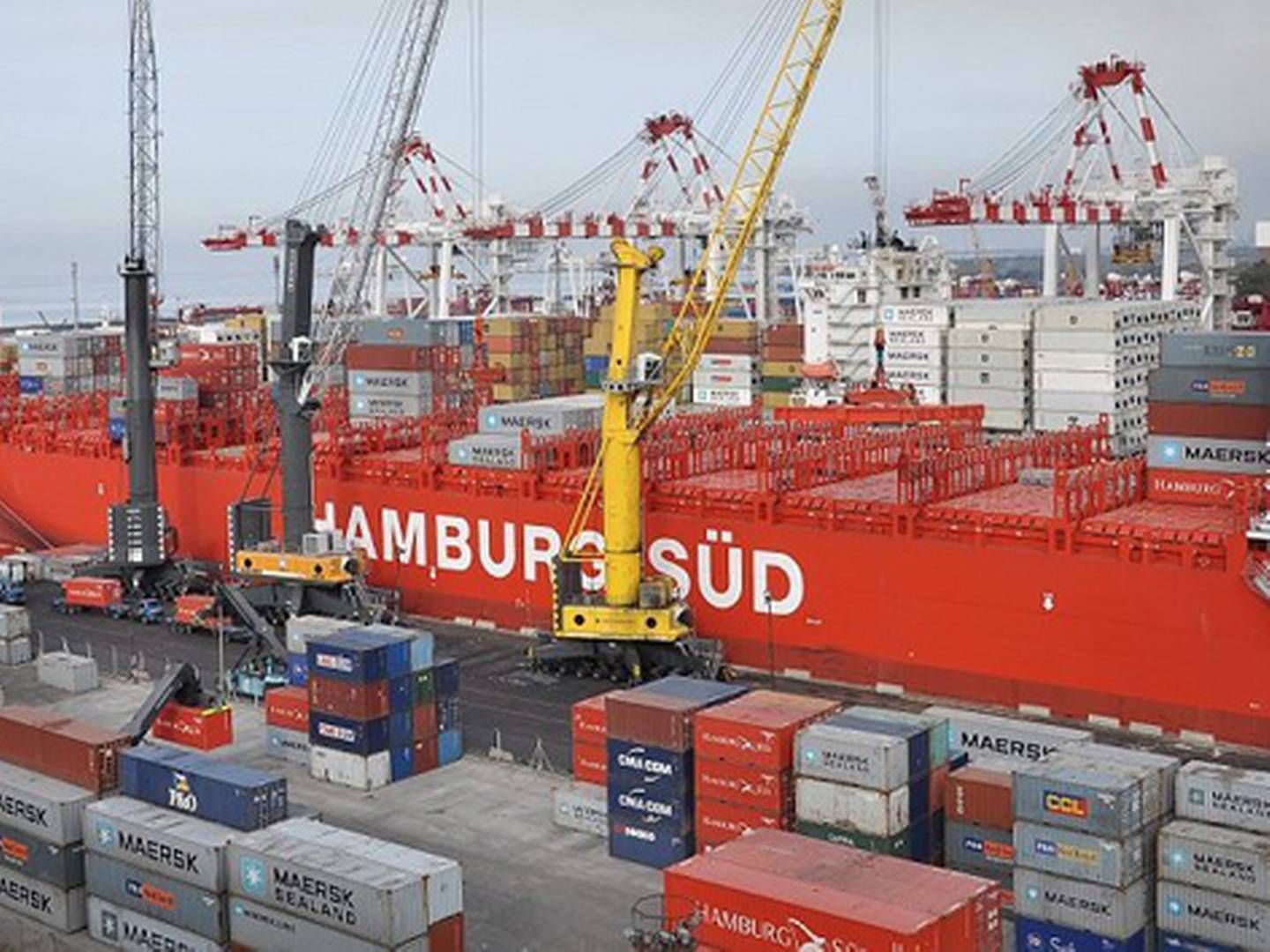Hapag-Lloyd: UASC merger will cost one in ten positions

Corrected: In the first version it wrongly stated that UASC's HQ in Dubai has 6,000-7,000 employees. The correct figure is 600-700.
Hapag-Lloyd CEO's Rolf Habben Jansen expects efficiency gains of around USD 800 million from the two large-scale mergers completed by the German carrier in just a few years.
First there was Chile's CSAV in 2014 followed by UASC this year. Approximately USD 400 million will be generated by each merger and the money will come from efficiency measures in the network, aggregate purchasing, shutting down headquarters from the two carriers, and from staff reductions.
It is not only the transformation of UASC headquarters in Dubai into a regional office that will cost jobs. It is estimated that there are currently 600-700 employees in Dubai. Of these employees, some will continue where they are and others will be transferred to Hamburg, where the headquarters will be situated. Others will bid farewell to the carrier altogether.
"Compared to the combined entity, it is not unlikely that there will be ten percent less people within two years. However, it's too soon to say anything more detailed about this as nothing has been decided yet, such as where the reductions will take place," says Habben Jansen.
Consolidation wave
The former Damco CEO entered the container industry at a time where consolidations are setting the agenda with events such as the establishment of the three major alliances, mergers, and one major collapse.
Hapag-Lloyd with its two mergers has contributed a good deal to the efficiency measures, which many have called for in recent years, and if Habben Jansen can keep his promise and generate gains of USD 800 million over the next few years then there will undoubtedly be good spirits at the Hamburg-based pool of shareholders.
Departing CEO: UASC had to buy bigger ships
Both Maersk Line and CMA CGM booked big deficits in the third quarter. The German carrier on the other hand was able to remove expenses and with the CEO's own words book a "reasonable result", despite rates and volumes being anything but positive.
And these skills may prove useful when UASC needs to be trimmed down and turned into a solid business. At the end of this August, analyst agency Alphaliner noted that the carrier's operating result in 2015 showed a deficit of USD 299 million as well as a net loss of USD 384 million, and the trouble only continued into 2016.
ShippingWatch has seen both the budget and the financial report for 2014, which only confirms that UASC had an exceptionally hard time delivering numbers in the black. The carrier had budgeted a projected loss for 2014 of about USD 100 million, while this ended up being USD 186 million.
Hapag-Lloyd more productive
In an interview with ShippingWatch last month, UASC's departing CEO Jørn Hinge defended the decision regarding a massive investment program from 2013, which many consider the straw that broke UASC's back and ultimately sent the Arab carrier into the arms of Hapag-Lloyd.
First UASC financial figures reveal massive losses
In spite of the task integrating UASC and generating synergies, Habben Jansen is a "cautious optimist" when it comes to the future of the pressured shipping segment. He maintains the prediction that within one or two years a recovery will happen on the container market and he thus has a more positive view of the future than many others in the industry.
The first modest signs have arrived, he notes, in the shape of improved rates since the all-time low at the beginning of this year. Almost no vessels are being ordered, whereas scrapping of old and sometimes not-so-old ships is well underway, while many are also laid up. Furthermore, he tells ShippingWatch that he expects global trade to increase by 2-3 percent a year.
UASC gambled on ultra-large vessels and lost
Yesterday, SeaIntel wrote that Hapag-Lloyd had surpassed Maersk Line in 2016, measured in productivity per employee. Among the leading container carriers in the top 20 which publish financial reports, Hapag-Lloyd and Taiwan's Wan Hai were the only ones to book positive results on the bottom line, although these results were modest.
The new German-Arab major carrier will have a fleet of 237 vessels and capacity of about 1.6 million teu. Annual revenue is expected to land at around USD 12 billion. The carrier will rank as the fifth-largest container carrier only passed by Cosco, MSC, CMA CGM, and Maersk Line.
SeaIntel: 31,000 employees in container carriers could be cut
Rumors intensify surrounding Hamburg Süd
Related articles
Rumors intensify surrounding Hamburg Süd
For subscribers
Hapag-Lloyd had positive Q3 in tough 2016
For subscribers




















